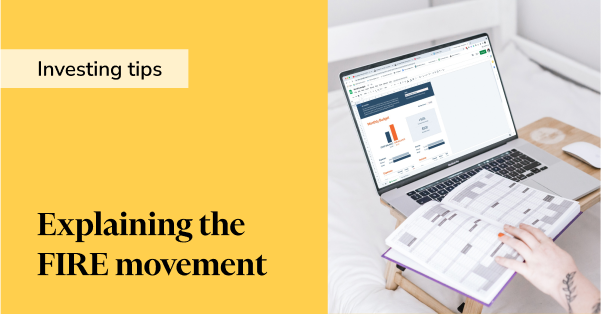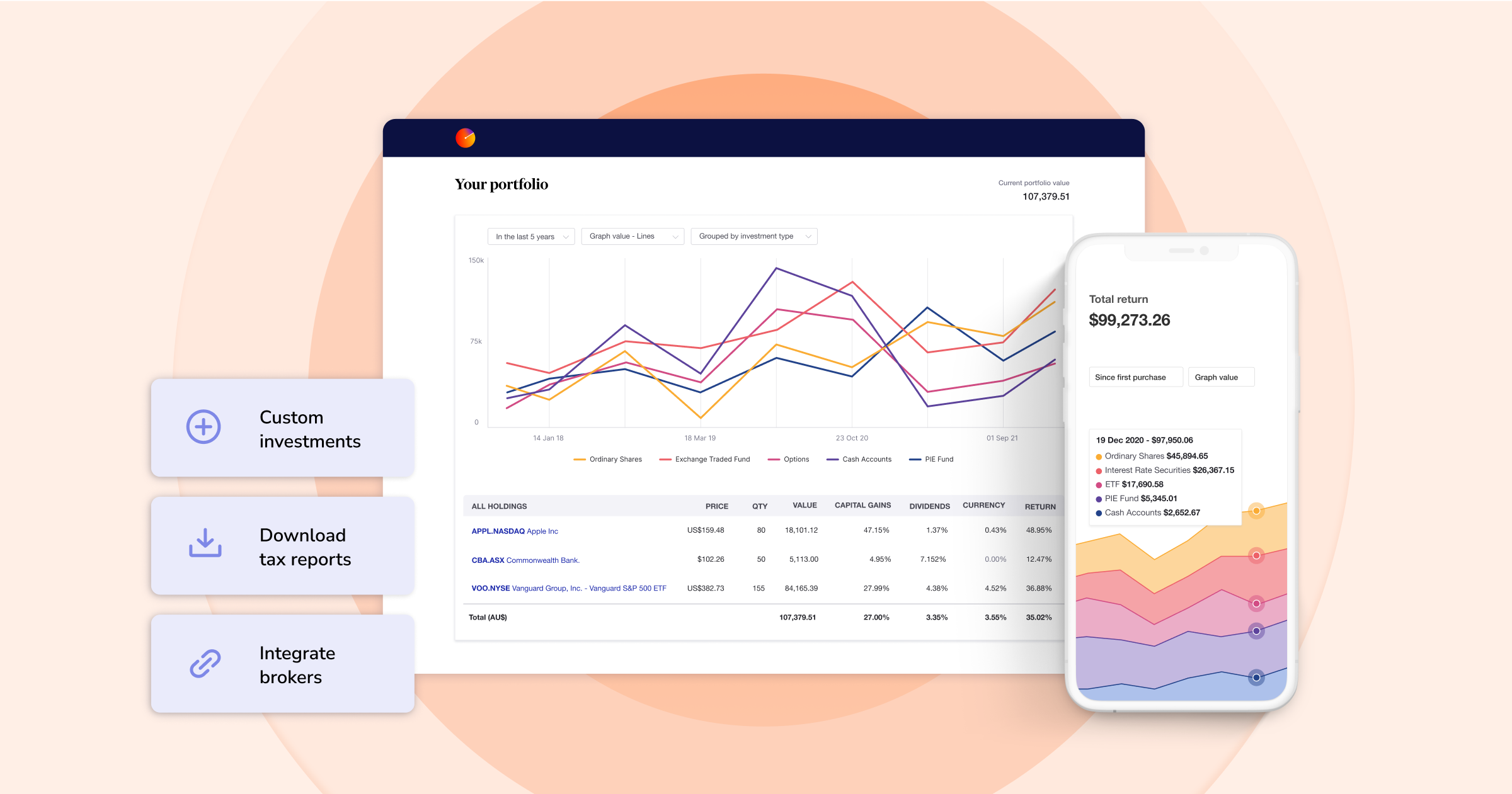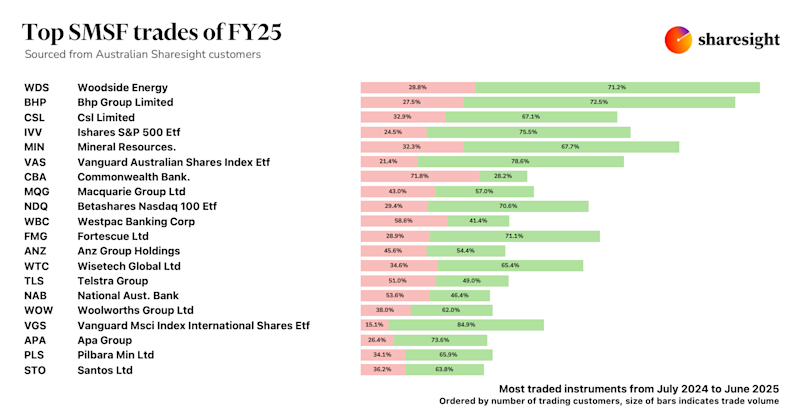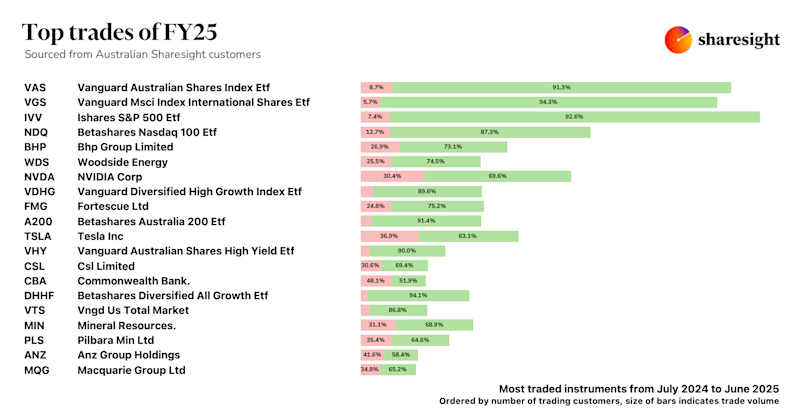What is the FIRE movement?
We all have our own views on when we’d like to retire. This means we all have different needs when considering our retirement planning options. Research shows that while many expect to retire at the conventional age of 65, those nearing the end of their careers have a wider variety of aspirations. Some aim to retire at 60 and use their superannuation to fund an active lifestyle, while others prefer to wait until 67 when they might be eligible for the Age Pension. However, an increasing number of younger people have embraced a more radical path known as Financial Independence, Retire Early or FIRE.

What is the goal of the FIRE movement?
The FIRE movement suggests people commit to a program of extreme savings and investment that might allow them to retire far earlier than traditional budgets and retirement plans would permit. Central to the philosophy is that participants evaluate every expense in terms of the number of working hours it took to pay for it. This involves detailed planning for the future, economic discipline and wise investment decision making. By both saving and investing aggressively and keeping their expenses extremely low, FIRE practitioners aim to achieve financial independence in their 30s or 40s and begin their transition to retirement.
How does one achieve FIRE?
FIRE movement followers take a forensic view of what income is coming in and where their money is being spent. This ‘extreme budgeting’ begins by defining what you want and need, keeping track of monthly expenses, and cutting out any spending that doesn’t help with the big picture goal. Having the discipline to slash unnecessary expenses means extra money can be allocated to investments, which can help with the progression towards retirement goals in the long run. However, it is income that remains the most powerful wealth-building tool and the FIRE movement is all about finding creative ways to make extra cash. Turning a weekend side hustle into the deposit for a rental property would be one example.
What is the difference between FIRE and traditional retirement?
FIRE is sometimes marketed as the ‘ultimate life hack’ and this illustrates its major difference from traditional retirement thinking. For the FIRE movement, the goal is not to stop working but to reach financial independence, which is defined as the moment when the money a person earns from their investments is greater than their expenses. When this milestone is reached, the FIRE movement claims, more options become apparent and the choice to work or not work is now part of a broader question of how a person spends their time and lives their life. Central to the FIRE philosophy is rejecting the status quo of the traditional wealth accumulation arc: getting a mortgage and working five days a week for many years to pay off that mortgage before, if you’re lucky, retiring at 65.
What are the advantages of FIRE?
The key reason that FIRE potentially works as an investment philosophy is that it builds on three fundamentals that are important to both investors and those contemplating retirement: detailed planning, economic discipline and considered investments. Many people do not feel their retirement savings are adequate. By stressing the importance of having a detailed plan and sticking to it, the FIRE movement is advocating principles that would aid anyone in saving for retirement. In the same way, it is universally true that people benefit from making and sticking to a budget while doing all they can to earn as much money as possible, whether this is through getting a better job, adding a second one, or creating an additional revenue stream. Finally, FIRE adherents may invest larger portions of their income than the average person, but the principle of investing early and often generally holds for those looking to ensure financial stability in their later years.
What are the disadvantages of FIRE?
Having enough money that you can afford to stop working in your 40s is a wonderful idea on the surface, but some argue that the FIRE movement is doing a major disservice to retirees and soon-to-be-retirees. Their view is that only a very small minority of individuals will have sufficient assets to retire early at more than a subsistence level, no matter how diligently they follow the model. And there is the ever-present danger that some will adopt far riskier investment strategies than they would have otherwise. No amount of living frugally can balance out sustained market falls or unexpected job losses impacting earnings. It may also mean missing out on a lot of the things people in their 20s and 30s consider not only fun but meaningful or life-changing experiences.
Is FIRE right for you?
It is a commonly held view that the FIRE strategy is meant for people who earn a substantial income. And indeed, if your goal is to retire in your 30s or 40s, that probably is the case. However, there is plenty for everyone to learn from the principles of the movement that can help people save for their retirement and even achieve an early one, even if not quite as early as 40. It is also worth considering the several FIRE retirement variations that dictate the lifestyle that the FIRE movement’s devotees are willing and able to maintain.
- Fat FIRE is for individuals with traditional lifestyles who aim to save substantially more than the average worker but who don’t want to reduce their current standard of living. It generally takes a high salary and aggressive savings and investment strategies for it to work.
- Lean FIRE requires stringent adherence to minimalist living and extreme savings, necessitating a far more restricted lifestyle.
- Barista FIRE is for people who want to exist between the two choices above. They may quit their traditional jobs but use a combination of part-time work and savings to live a less-than-minimalist lifestyle.
Key takeaways
Whether or not you decide to take part in the FIRE movement, it’s always a good idea to evaluate your finances and find opportunities to grow your wealth more efficiently. With FIRE, the most important elements are cutting back on unnecessary spending and finding additional ways to amplify your income. For investors in particular, rebalancing your portfolio towards dividend-paying stocks can be a good way to boost your income, and can even become a primary source of income in retirement. As with any financial strategy however, it’s crucial that you have an efficient and accurate way to keep track of your investments and any income they may generate.
Track your investment income with Sharesight
Hundreds of thousands of investors worldwide are using Sharesight to keep track of all their investments in one place. If you’re not already using Sharesight, what are you waiting for? Sign up and:
- Track all of your investments in one place, including stocks, ETFs, mutual/managed funds, property and even cryptocurrency
- Automatically track your dividend and distribution income from stocks, ETFs and mutual/managed funds
- Run powerful reports built for investors, including performance, portfolio diversity, contribution analysis, multi-period, multi-currency valuation and future income
- See the true picture of your investment performance, including the impact of brokerage fees, dividends, and capital gains with Sharesight’s annualised performance calculation methodology
Sign up for a FREE Sharesight account and get started tracking your investment performance (and tax) today.

FURTHER READING

Sharesight users' top 20 trades – June 2025
Welcome to the June 2025 edition of Sharesight’s monthly trading snapshot, where we look at the top buy and sell trades by Sharesight users in all markets.

Top SMSF trades by Australian Sharesight users in FY24/25
Welcome to our annual Australian financial year trading snapshot for SMSFs, where we dive into this year’s top trades by Sharesight users.

Top trades by Australian Sharesight users in FY24/25
Welcome to the FY24/25 edition of our Australian trading snapshot, where we dive into this financial year’s top trades by Sharesight users.